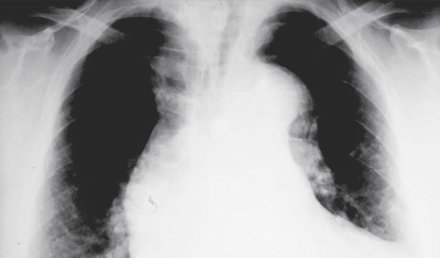The West Virginia House of Delegates has approved a bill that would give advanced practice registered nurses more authority to treat patients and prescribe medications without a physician’s supervision. If the state senate also passes the “Nurse Practitioners Bill,” West Virginia will become the 22nd state allowing nurse practitioners to do so. The senate has already proposed two amendments to the version passed by the house; one would establish an advisory board to put forth …
Read More






